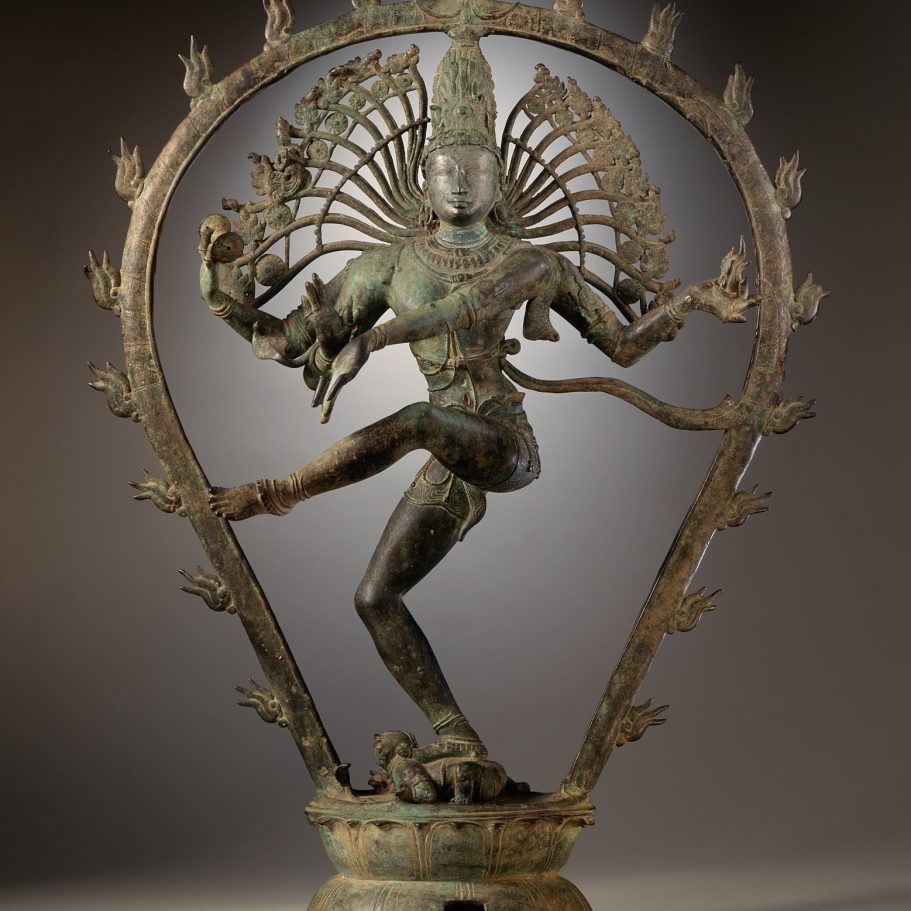
Hinduism the oldest religion in the world
Dharma is roughly translated as “religious duty.” There are two principle dharmas, namely sanatana-dharma and varnashrama-dharma. There are also general moral codes called sadharana-dharma.
Sanatana-dharma refers to the soul’s never-ending propensity to serve God. The concept of sanatana-dharma underpins the Hindus’ more inclusive approach towards life and “other religions.” It is the basis for issues of equality, and tends to relate to overtly spiritual matters (e.g. worship).
Varnashrama-dharma defines duties for the individual, classified according to four divisions of labour and four stages in life. These specific duties change, for example as one passes through the different ashrams. Varnashrama-dharma is the basis for accommodating diversity, and attributing different social and spiritual standards to various sections of society. Although varnashrama-dharma relates largely to social matters, it is not divorced from sanatana-dharma but is a means of recognising a common goal approached from different starting points. Some Hindu thinkers consider that the current, rigid caste system is a result of neglecting the principle of spiritual equality inherent in sanatana-dharma.
Sadharana-dharma, general morality, is often defined according to prohibitions (yama) and recommended practices (niyama). Hindu opinion varies as to the exact number of each.
In practical terms, dharma refers to leading a righteous life in harmony with natural laws as defined in scripture. In pre-modern, rural India, this was regulated through stable, sustainable lifestyles and traditional norms of behaviour. Today, with emigration and globalisation, it is far more difficult for Hindus to discern what practices are consistent with dharma. They find themselves facing situations and moral dilemmas not directly mentioned in scripture, and must re-evaluate what practical behaviour constitutes righteous living.
Significant emphasis is placed on personal responsibility. This contrasts with the current world trend towards individual rights. The Vedic (Hindu) view is that execution of one’s duties automatically fulfills the rights of others, and that stressing dharma fosters a climate of social and spiritual responsibility. The Hindus acknowledgement of interdependence thus differs from the individualistic, self-centred approach to life.
Related Values and Issues
- Rights and responsibilities
- The compensation culture
- Who is to define what is right and what is wrong
Dasa Vidha Samskaras
Ten Rites of Passage
Hindu rites of passage are not mere formalities or social observances, but serve to purify the soul at critical junctions in life’s journey. The word “samskara” means “mental impression,” for the ceremonies help create a favourable mentality for stepping positively from one phase of life into the next. The samskaras are considered essential for the three higher (twice-born) varnas, and neglect of any ritual might render a member “fallen” from his status.
Significantly, the first samskara, called “purification of the womb,” begins prior to conception. It aims at sanctifying the consciousness of both husband and wife before they try to beget a child. Scripture explains that the type of soul that enters the womb is largely determined by the mental states of both husband and wife, a notion graphically illustrated in the Mahabharata. If “members of the twice born” neglected this ceremony, and acted on sex impulse alone, then the child conceived might not develop the attributes to become a qualified member of a higher varna. Such offspring would then be called dvija-bandhu, “friends of the twice-born.” This practice implies that the system of four varnas was not hereditary, but based on individual merit. The rites of passage were considered essential for preserving the purity of the individual and of the social system.
Although some traditions mention ten rites of passage, or up to sixteen – or occasionally even more – only four are currently popular, namely:
- Jatakarma – birth ceremonies (plus others in childhood)
- Upanayana – initiation (the sacred-thread ceremony)
- Vivaha – marriage
- Antyeshti – funeral and rites for the dead
These are discussed later in this section.
Key Points
- Hindu rites of passage are called samskaras.
- They serve to purify the soul, and mark the various stages of life.
- They are considered essential for members of the three higher varnas.
- The first rite is before conception.
- Most traditions say there are a total of sixteen samskaras.
- Four sets of rites are commonly practiced: for birth, initiation, marriage, and death.
Related Concepts
- The soul (atman)
- Reincarnation (life as one stage of an ongoing journey)
Related Values and Issues
- Life in the womb/abortion
- Designer babies/cloning etc.
Personal Reflection
- What is the meaning of rites of passage in your own tradition or other faiths?
- How does Hinduism compare? What are the similarities and differences?
- Meaning and Purpose
- The purpose of life’s journey
- Dharma
- Festivals
- Pilgrimage
- Rites of Passage
